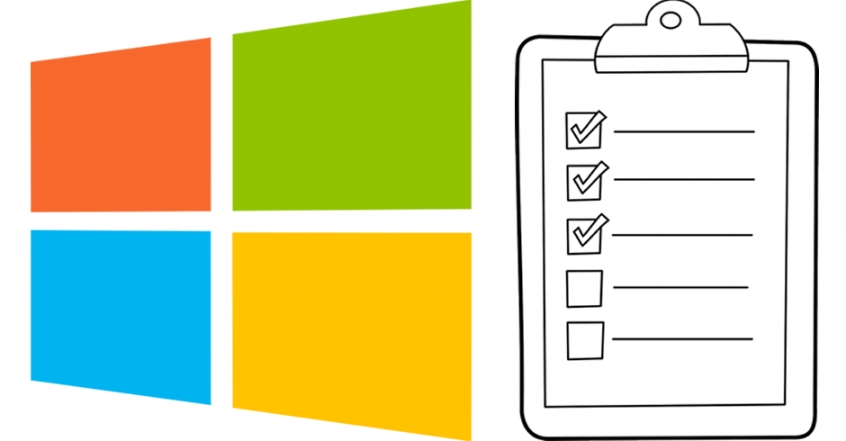3. Purchase the relevant hardware and software
As well as choosing a system capable of running your chosen server operating system, you need to identify one that will support your current data needs and provide capacity for the future. Ideally you want your server to last as long as possible if it is to provide maximum return on investment.
Define which roles the server will perform and seek professional advice from your systems reseller if you are unsure of exactly what you need.
4. Backup
The first practical step for any activity that has the potential to radically alter your system is to take a full system backup. Do not do anything until you have a full, working backup.
5. Check the backup
Double and triple check your backup – this is your only way back should something go wrong during the migration to a new version of Windows Server.
6. Setup the new server
Assuming the Windows Server 2012 R2 operating system has already been installed on your new machine, connect it to the existing Server 2003 network and power it up. Otherwise you need to carry out the basic OS installation first.
Because none of the settings have yet been configured on the new server, it will not interfere with the existing network or domain.
7. Familiarise yourself with what comes next
There are a number of steps involved with manually migrating from Server 2003 and you should familiarise yourself with each before proceeding. Make sure you fully understand what is involved, and that you have sufficient support in place before you proceed.
TechNet has plenty of material to cover the process, but Canadian IT Pro Connection has a much more succinct explanation of the Windows 2012 R2 migration steps that saves clicking through dozens of pages on Microsoft’s site.
8. Dispose of your old server safely
You may choose to keep your old server handy just in case a problem occurs within the first few hours or days after the migration. However once you are sure that everything is correct, you should arrange for disposal of the computer in line with the EU WEEE directive, confirming that any data has been erased using secure file shredding software or a Degausser to prevent recovery by unauthorised third parties.
Migrating from Server 2003 to Server 2012 R2 is undoubtedly tricky and time consuming. And although Microsoft withdraws support for the OS on the 14th, everything should be fine if you need to delay your migration for another week or two while you thrash out the details of the project. Just don’t fool yourself into thinking that an upgrade/migration is unnecessary.
Reference: http://blog.krollontrack.co.uk/top-tips/your-windows-server-2003-migration-checklist/





